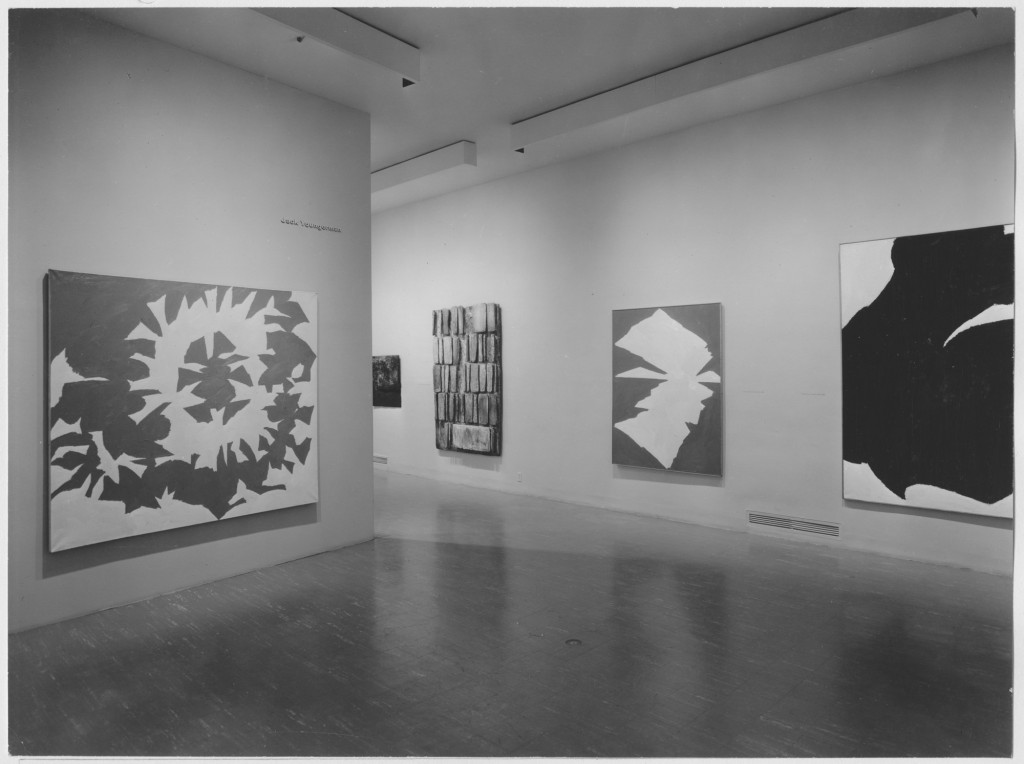[ad_1]
Jack Youngerman, whose innovative paintings pushed abstraction in new directions in 1950s New York, has died at 93. The New York Times, which first reported the news, said he died of complications related to a fall.
Working in the years after Abstract Expressionism first took hold, Youngerman began crafting abstractions that resembled blooms of color or explosions. At the time he was making them, he and his colleagues, among them Ellsworth Kelly and Frank Stella, were sorting through formalist issues derived from the style—and looking for new ways to subvert them.
Key among Youngerman’s concerns was finding a way to push against the Abstract Expressionist preference for chunky, roughly textured surfaces formed through globs of paint. Youngerman went so far as to part ways with a gestural style early on, telling Artforum in 1966, “The large India inks, and the use of acrylic paint both contributed to the present surfaces and edges, which are not ‘purist,’ not really ‘flat,’ which are nervous and move, as they always have, since I left ‘purism’ behind me. But I’ll paint rough again tomorrow, if I feel like it.”
This flatter style earned him the attention of critics and curators early on. Alongside artists such as Jay De Feo, Kelly, Jasper Johns, Robert Rauschenberg, Stella, and other emergent talents of the day, Youngerman showed in the famed “16 Americans” exhibition at the Museum of Modern Art in New York.
As his career went on, Youngerman continued to push his work in new directions, often moving his abstractions beyond two-dimensional forms. His sculptures bring his pared-down, quasi-Matissean vision into the third dimension—with twists of brightly hued geometrical shapes appearing to torque in walls in one later series.
Youngerman was born in Webster Groves, Missouri, in 1926. After World War II, while studying in Paris on a G.I. bill scholarship, Youngerman came into contact with American expats living in the French capital, such as Alexander Calder and Kelly. Through them, he learned about the day’s most important modern art styles, and he also met his first wife, the actress and filmmaker Delphine Seyrig, while living there. “If anyone made the most of the G.I. Bill,” the critic John Russell once wrote, “it was he.” He returned to America in 1956, after his gallerist, Betty Parsons, urged him to see what artists were doing there.
In the decades that followed, he continued to create his signature abstractions, showing often with his New York representative, Washburn Gallery, and ultimately moving to Bridgehampton, New York, in 1995. In 1986, he was the subject of a retrospective at the Guggenheim Museum in New York.
Throughout his career, Youngerman continued to look for new ways to approach abstraction. “Art always surprises the experts,” he said in the Artforum interview, adding, “I know a few lonely searchers doing interesting things.”
[ad_2]
Source link

